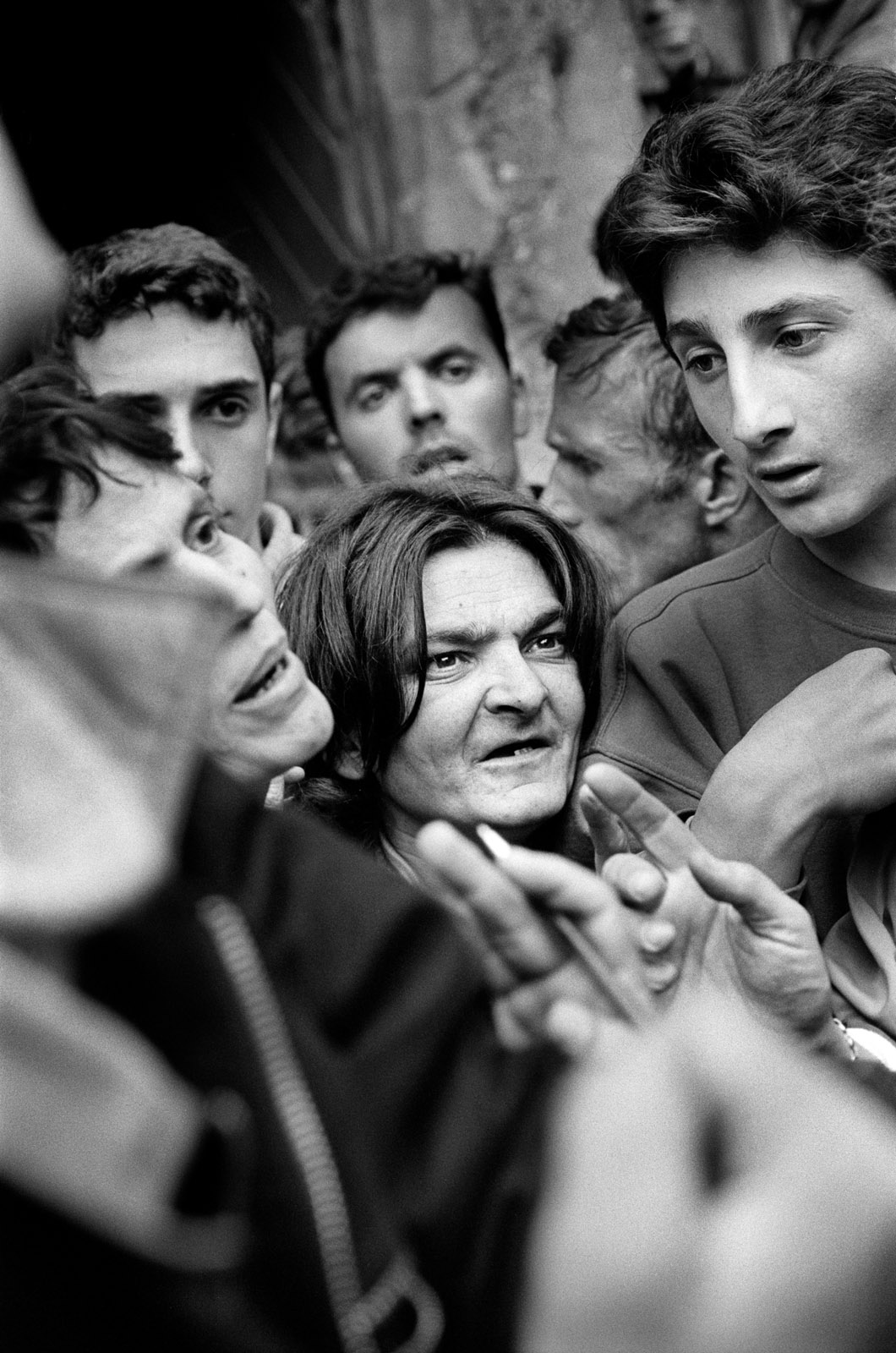On my first trip to Africa, I visited the refugee camp Wad Sharifey. A camp that since 1968 had housed the refugees from Eritrea, who fought for independence from Ethiopia. The camp was situated in a dry and warm area in the borderland near the town of Kassala. Many of the residents lived a life on the border of hunger. In the camp's small hospital, they treated many eye infections due to dust and newcomers who, on foot, had crossed the desert area from Eritrea and were dehydrated, especially the small children who did not always survive. The camp still exists today.
Wad Sharifey Camp for Eritrean refugees, The Sudan, 1991
